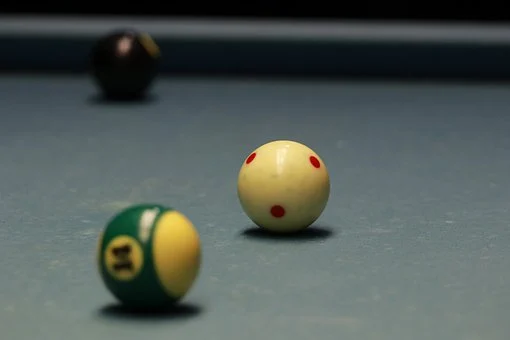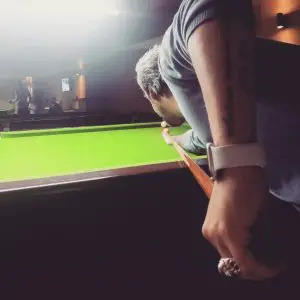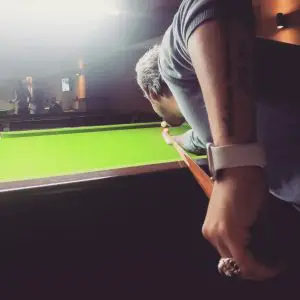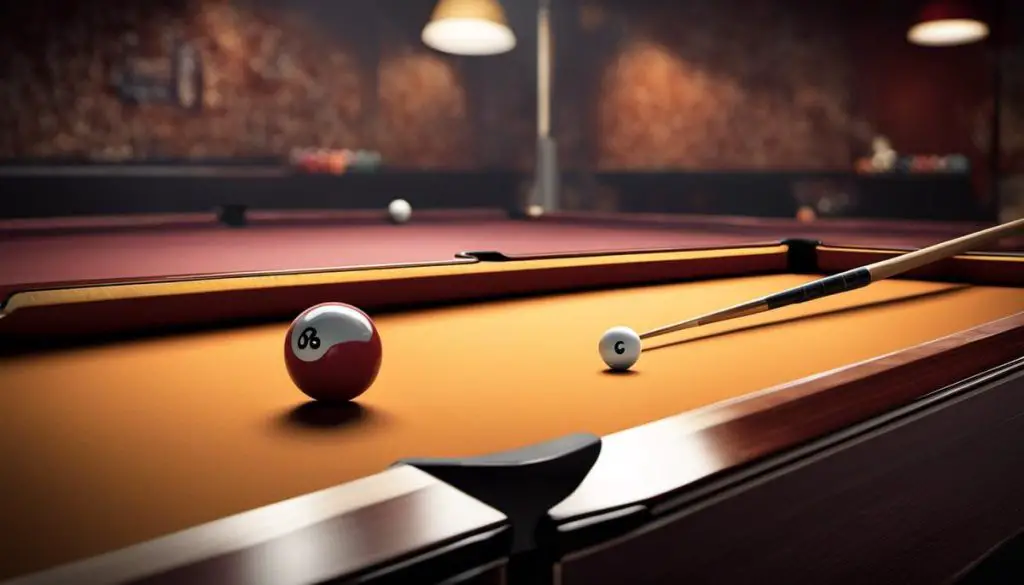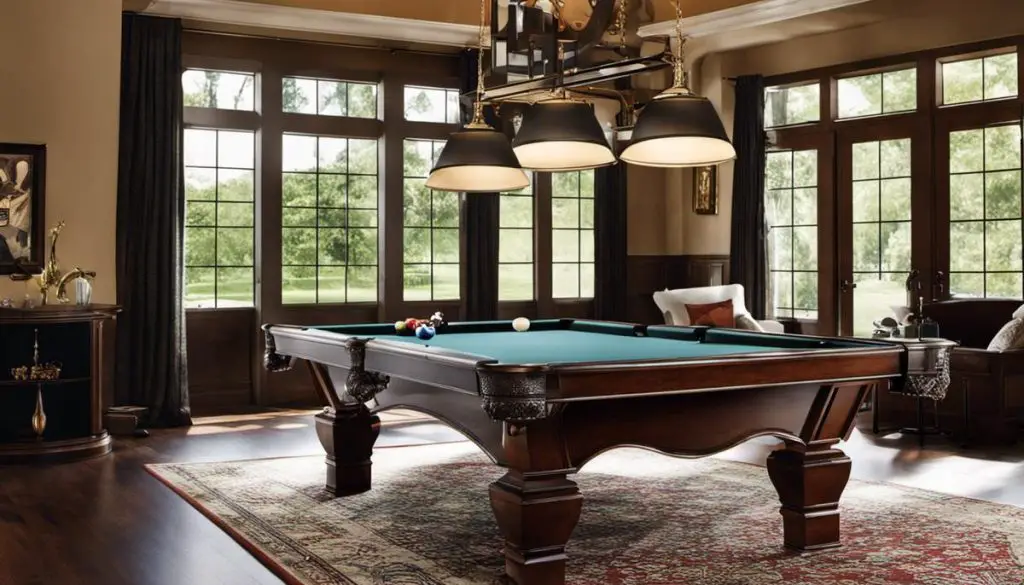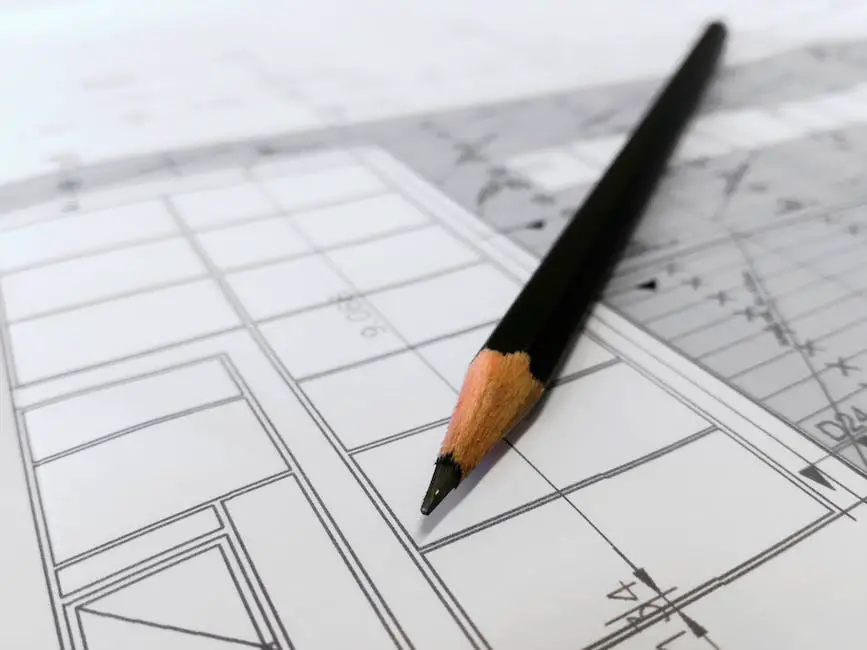Vintage pool balls are a fun and unique way to add personality to your game room. Whether you are looking for a new set of balls to replace your old ones, or you simply want a cool conversation piece, vintage pool balls are a great option. This article will teach you how to identify vintage pool balls so you can avoid fake advertising.
Pool Balls Background
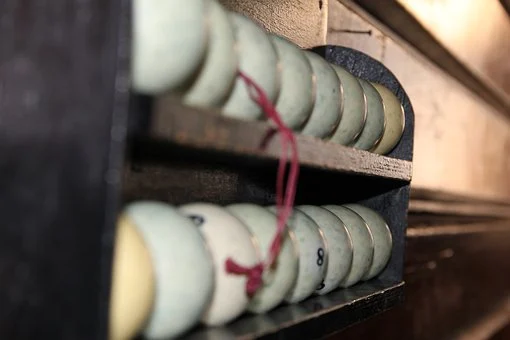
Pool balls are a necessary part of the game of pool. They are typically made out of plastic or phenolic resin, although some manufacturers make them out of other materials such as ivory.
The history of the modern-day pool ball is a bit murky. Some say that they were invented in the United States, while others say that they originated in England. What we do know is that they were created to help standardize the game of pool and make it fairer for all players.
Initially, pool balls were made out of ivory. This was because ivory was a very durable material and could withstand a great deal of wear and tear. However, as awareness of the plight of elephants grew, many people began to campaign against the use of ivory in pool balls.
Eventually, plastic became the dominant material used to make pool balls. It is a relatively cheap and durable material, which makes it an ideal choice for this type of product. In recent years, there has been a movement back towards phenolic resin, as this material is thought to produce a more consistent bounce than plastic.
Identifying Vintage Pool Balls
If you’re a collector of anything, you know that one of the key aspects of putting together a comprehensive collection is acquiring items in all conditions. Whether you’re talking stamps, coins, or even action figures, it’s important to have pieces in mint condition, pieces with slight wear, and everything in between. This philosophy is no different when it comes to pool balls.
Here are four tips for identifying vintage pool balls:
1. Look at the design. One of the easiest ways to determine the age of a pool ball is by looking at its design. If the ball has a simple design, it’s likely from the early 1900s. If the ball has a more intricate design, it’s likely from the mid-1900s. And if the design is particularly flashy or gaudy, it’s likely from the late 1900s.
2. Check the weight. Another way to identify vintage pool balls is by checking their weight. Older balls were typically made of heavier materials, so they tend to be heavier than newer balls.
3. Look for wear and tear. Of course, one of the easiest ways to tell how old a pool ball is simply by looking for signs of wear and tear. If a ball is heavily scuffed or scratched, it’s likely an older ball.
4. Check the manufacturer. Finally, one of the best ways to determine the age of a pool ball is by checking the manufacturer. Many manufacturers have been in business for decades, so their balls tend to be older than those from newer companies.
By following these four tips, you should be able to pretty easily identify vintage pool balls. Just remember that the older the ball, the more valuable it is!
Vintage Pool Balls Structure
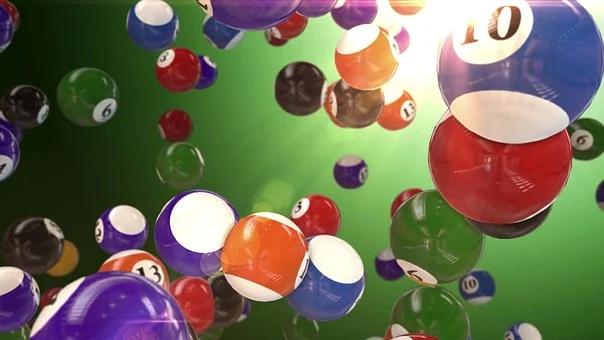
When it comes to vintage pool balls, there are many different opinions on what the best material is. Some people believe that vintage pool balls should be made of ivory, while others think that they should be made of wood. However, the most popular belief is that they should be made of Bakelite.
Bakelite was first invented in 1907 by Dr. Leo Baekeland. It was an early type of plastic and was often used to make things like radios and telephones. It was a very sturdy material and could withstand a lot of wear and tear. This is why it became such a popular choice for making vintage pool balls.
Although Bakelite is no longer used to make vintage pool balls, there are still some companies that produce them using this material. If you’re looking to buy a set of vintage pool balls, be sure to ask the seller if they are made of Bakelite. If they are, you know you’re getting a high-quality product.
The Manufacturing Process of Pool Balls
There are three main steps in the manufacturing process of pool balls: molding, tumbling, and polishing.
- Molding is the process of shaping the ball out of plastic or resin. This is done by pouring the molten plastic into a mold and then allowing it to cool.
- Tumbling is the process of smoothing out the surface of the ball. This is done by putting the balls into a tumbler machine and then rotating them for some time.
- Polishing is the process of giving the ball a high-gloss finish. This is done by using a polishing machine and then buffing the balls by hand.
Final Thoughts
When it comes to vintage pool balls, there is no shortage of options when it comes to finding the perfect set for your game. Whether you are looking for a specific color or style, there are plenty of vintage sets available on the market today. Not only will you be able to find a great set of balls, but you can also find accessories that will help improve your game. So, what are you waiting for? Get out there and start playing with some vintage pool balls!

